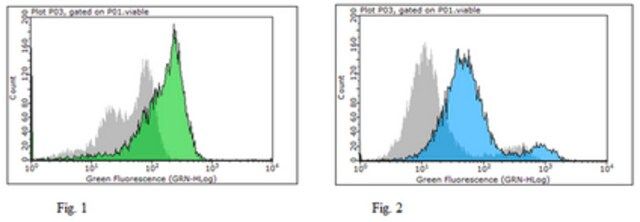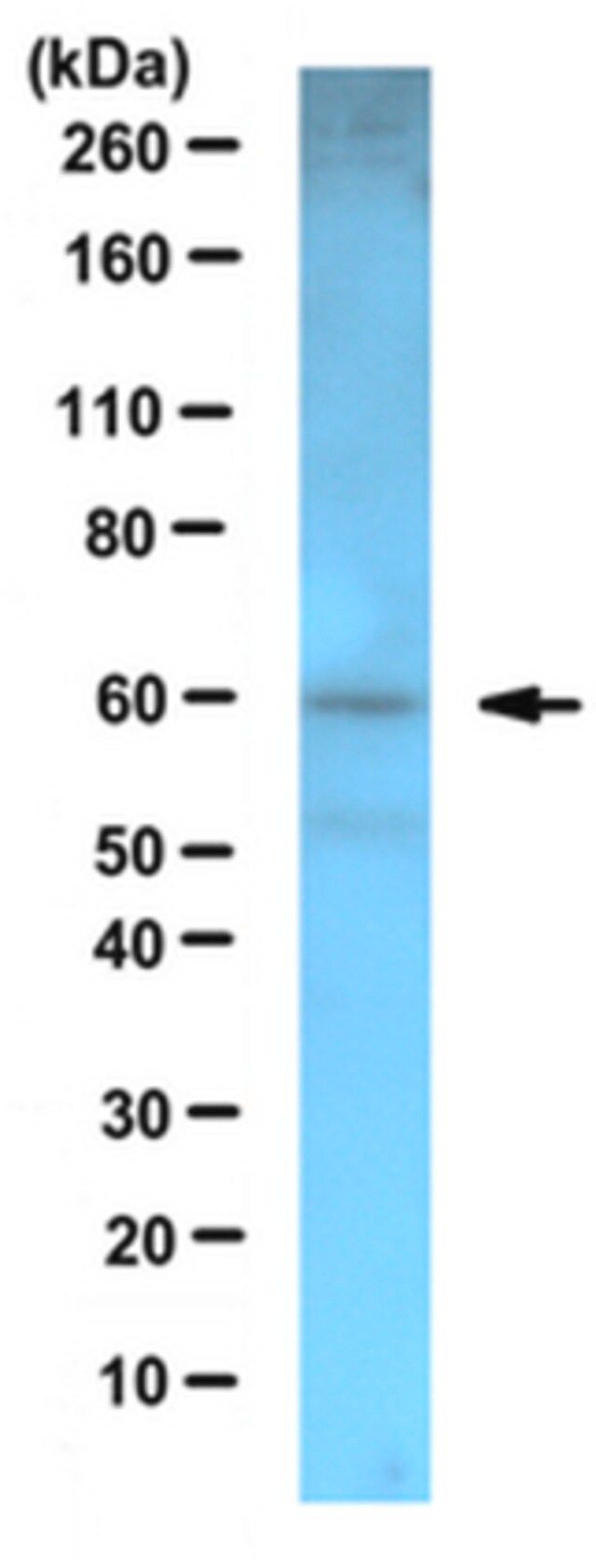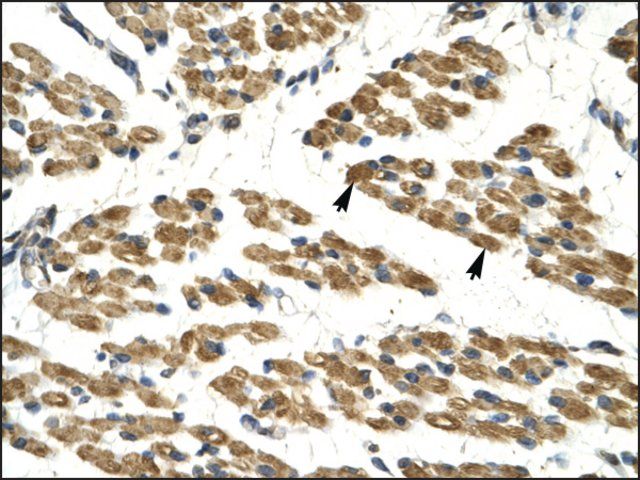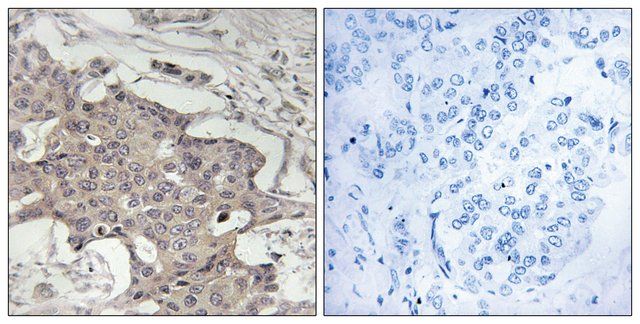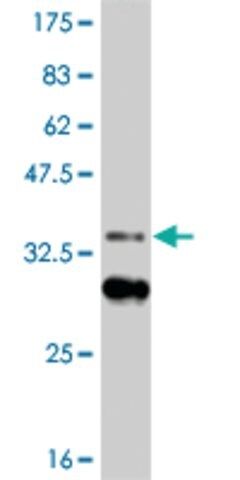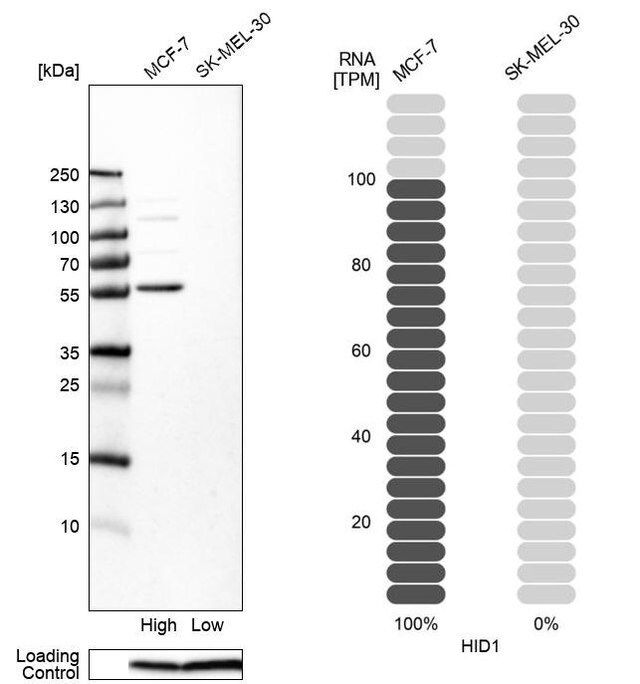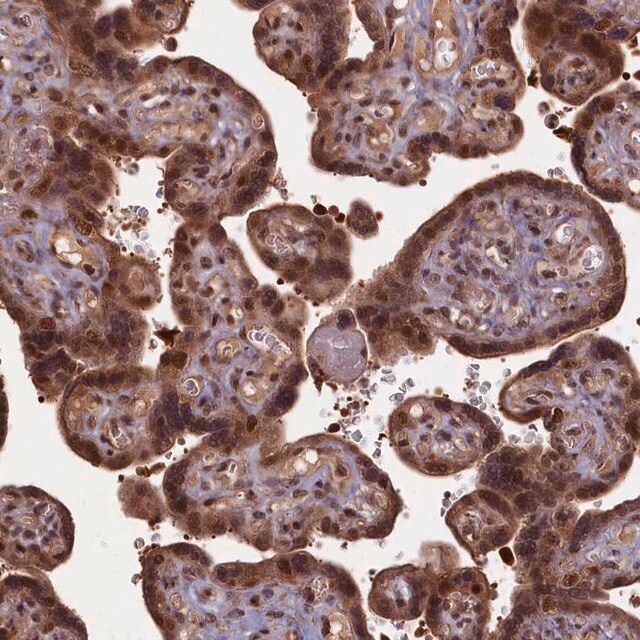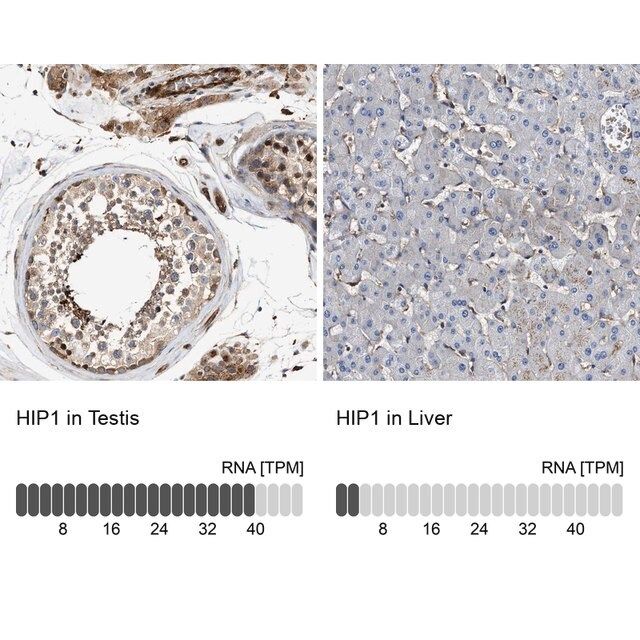产品说明
一般描述
Human endogenous retrovirus (HERV) proviruses comprise a significant part of the human genome, with approximately 98,000 ERV elements and fragments making up nearly 8% of the DNA. All appear to be inactive containing many deletions and nonsense mutations having integrated into the genome likely millions of years ago but left over HERV DNA as played an active role in genome evolution for millions and years and many important genes expressed today have promoters and enhances that have come from HERV DNA sequences. The best studied example is that of the retroviral fusogenic env proteins. In humans, and other mammals, intact env proteins called syncytins are responsible for the formation and function of syncytiotrophoblasts. These multi-nucleated cells are mainly responsible for maintaining nutrient exchange and protecting the developing fetus from the mother′s immune system. The protein HERV-WL is an ancient retroviral envelope (env) protein. This endogenous envelope protein has retained its original fusogenic properties and participates in trophoblast fusion during placenta morphogenesis. HERV-WL gets cleaved into two functional chains upon expression. A surface protein named SU and a transmembrane protein called TM. SU mediates receptor recognition. This interaction triggers the refolding of the transmembrane protein (TM) and is thought to activate its fusogenic potential by unmasking its fusion peptide. The transmembrane protein (TM) acts as a class I viral fusion protein. During viral and target cell membrane fusion, the coiled coil regions (heptad repeats) assume a trimer-of-hairpins structure, positioning the fusion peptide in close proximity to the C-terminal region of the ectodomain. The formation of this structure appears to drive apposition and subsequent fusion of membranes. HERV is expressed during development and in the uterine and placental tissues in the adult.
免疫原
Recombinant protein corresponding to human ERV-WL.
应用
Research Sub Category
Apoptosis - Additional
Research Category
Apoptosis & Cancer
Detect HERV using this rabbit polyclonal antibody, Anti-hERV-WL Antibody validated for use in western blotting & Flow Cytometry.
Western Blotting Analysis: A 1:1,000 dilution from a representative lot detected hERV-WL in Jurkat cell lysate.
Flow Cytometry Analysis: 1 µL from a representative lot detected hERV-WL in 1X10E6 Raji and COS-7 cells.
质量
Evaluated by Western Blotting in Tera-2 cell lysate.
Western Blotting Analysis: A 1:1,000 dilution of this antibody detected hERV-WL in 10 µg of Tera-2 cell lysate.
目标描述
~60 kDa observed
外形
Rabbit polyclonal serum in buffer containing 0.05% sodium azide.
Unpurified
储存及稳定性
Stable for 1 year at -20°C from date of receipt.
Handling Recommendations: Upon receipt and prior to removing the cap, centrifuge the vial and gently mix the solution. Aliquot into microcentrifuge tubes and store at -20°C. Avoid repeated freeze/thaw cycles, which may damage IgG and affect product performance.
免责声明
Unless otherwise stated in our catalog or other company documentation accompanying the product(s), our products are intended for research use only and are not to be used for any other purpose, which includes but is not limited to, unauthorized commercial uses, in vitro diagnostic uses, ex vivo or in vivo therapeutic uses or any type of consumption or application to humans or animals.
基本信息
| eCl@ss | 32160702 |
| NACRES | NA.41 |
产品性质
| 生物来源 | rabbit |
| 质量水平 | 100 |
| 抗体形式 | serum |
| antibody product type | primary antibodies |
| 克隆 | polyclonal |
| species reactivity | human |
| technique(s) | flow cytometry: suitable western blot: suitable |
| UniProt登记号 | P61561 |
| 运输 | wet ice |
安全信息
| 储存分类代码 | 10 - Combustible liquids |
| WGK | WGK 1 |

